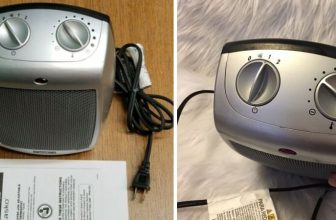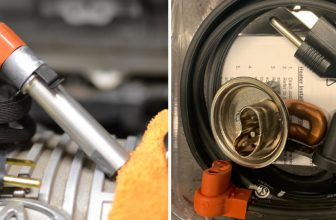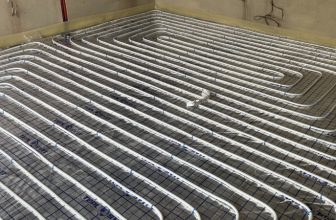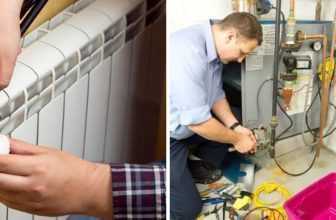How to Convert a Heater from Propane to Natural Gas
If you’ve recently decided to switch from propane to natural gas for your heater, it’s important that you understand how to safely convert the appliance. While this may seem like a daunting task, the process is actually relatively easy and straightforward when broken down into smaller steps.

The good news is that with some basic knowledge, DIYers can easily make the conversion of their heater themselves in no time at all! In this blog post, we will walk through each step of how to convert a heater from propane to natural gas line fuel and explain any technical terms along the way.
Whether you’re a homeowner or contractor looking for information on transitioning your heating source efficiently and effectively – look no further!
Can You Change a Propane Heater to Natural Gas?
Yes, you can change a propane (LP) heater to natural gas. In some cases, it is necessary to replace the burner assembly and orifice size for proper operation with natural gas. This means that you will need to find out which parts are compatible with your heater and purchase them from a local heating supply store.
When converting a propane heater to natural gas, it is important to understand how the two gases differ in their properties. Natural gas has much less energy than propane and requires more airflow for proper combustion.
Because of this, there needs to be enough room surrounding the unit so that sufficient air can enter the combustion chamber and mix properly with the fuel before being ignited by the pilot light or spark igniter.
It is also important to follow safety precautions when converting a propane heater to natural gas. Make sure that all connections are tight and secure, as any leaks can be hazardous and cause carbon monoxide poisoning.
Additionally, it’s important to understand the proper venting requirements for your heater before making any changes. Failure to do so may result in improper combustion, fire hazards, or other safety issues.
By taking the time to hire a professional installer, you can ensure that your heater is properly converted and that you are using it safely and efficiently.
10 Methods on How to Convert a Heater from Propane to Natural Gas
1. Check the Manufacturer’s Instructions.
The first step in converting a heater from propane to natural gas is to check the manufacturer’s instructions. Many manufacturers will void the warranty if the heater is converted to a different fuel type.
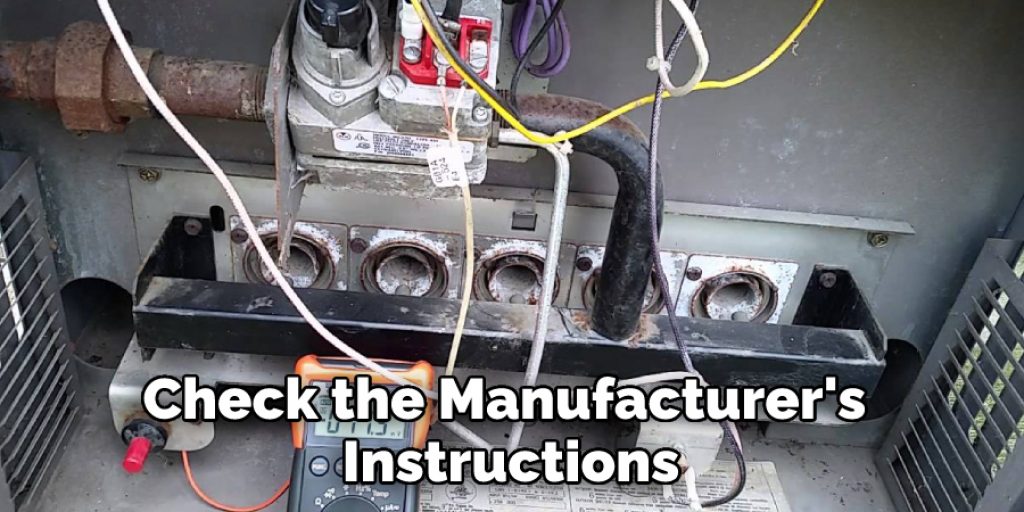
It is important to check the instructions of your specific heater before converting it. If you are unsure, it is best to contact the manufacturer directly.
2. Purchase a Conversion Kit.
Once you have checked the manufacturer’s instructions and determined that it is safe to convert the heater, you will need to purchase a conversion kit. These kits can be purchased from most hardware stores or online retailers.
Be sure to buy the correct kit for your specific heater model. The kits usually include instructions, a gas valve, and new orifices that are specifically designed for natural gas. Once you have everything you need, it’s time to begin the conversion. Although it may seem intimidating, the process is actually quite simple.
3. Turn off the Gas Supply to the Heater.
Before beginning any work on the heater, you will need to turn off the gas supply to it. Locate the shut-off valve on the gas line and turn it to the “off” position. This will cut off any gas supply to the heater, ensuring safety when you begin converting it.
While this will be completed before the actual conversion process begins, you should also turn off the gas supply and shut-off the valve when you are finished to ensure the safety of the new system.
4. Disconnect the Propane Tank from the Heater.
Next, you will need to disconnect the propane tank from the heater. There will be a connection point between the tank and the heater, typically located near the bottom of the unit. To disconnect the tank, first turn off the gas supply.

Then, use a wrench to loosen the connection point and remove the propane tank from its connection. Place the tank in a safe area until the conversion process has been completed.
5. Remove the Propane Burner Assembly from the Heater.
Once the propane tank has been disconnected, you can remove the propane burner assembly from the heater. This is typically done by unscrewing a few screws or bolts that hold it in place.
Be sure to keep track of which screws and bolts you remove so that you can put them back on when it’s time to reassemble the heater. Try to take note of any other parts that may need to be replaced or adjusted.
6. Install the Natural Gas Burner Assembly.
Now you will install the natural gas burner assembly that came with your conversion kit. This assembly will be similar to the one you just removed, but it will be designed for use with natural gas instead of propane.
The instructions that came with your conversion kit will recommend the best method for attaching it to the unit. With the burner assembly in place, secure it with the screws provided. Although you may be tempted to use a thread-locking adhesive, you should avoid doing so as it can affect the operation of your unit.
7. Reconnect the Gas Supply to the Heater.
With the new burner assembly in place, you can now reconnect the gas supply to the heater. Locate the shut-off valve on the gas line and turn it to the “on” position. Connect the gas line to the heater and secure it with a wrench.
Test all connections for leaks by applying soapy water to each joint. If you see any bubbles, tighten the connection and test again until there are no more leaks.
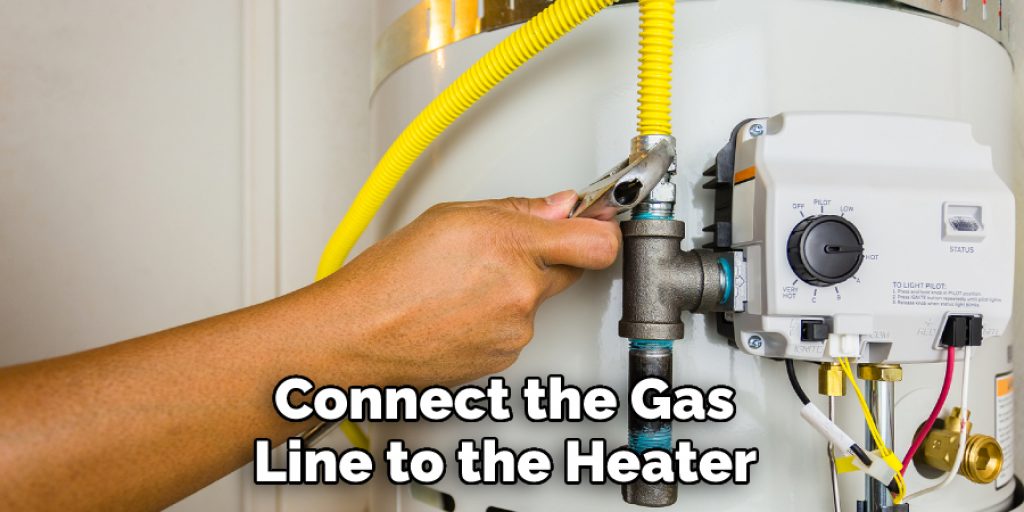
Finally, turn on the heater and check that it operates correctly. If it does, then your conversion is complete. Check that the burner flames are burning with a blue flame, indicating that it is burning properly and safely.
8. Turn on the Power to the Heater.
Most heaters will have an electrical switch or knob that needs to be turned on in order for them to function. Find this switch or knob and turn it to the “on” position. If your heater has a thermostat, set that to the desired temperature. Though you may hear a clicking sound from the unit, it may take up to 10 minutes for the heater to actually become hot. Once the heater is hot, it is ready for use.
9. Light the Pilot Light.
If your heater has a pilot light, you will need to light it before using the unit. Follow the instructions that came with your conversion kit to do this safely. Use a long-handled lighter to light the pilot. Keep in mind that gas can be dangerous, and you should take all necessary safety precautions when working with it.
If your heater does not have a pilot light, continue to the next step. However, some heaters require a pilot light in order to operate, so check your product’s instructions before continuing.
10. Test the Unit.
Once you have completed all of the above steps, you should test the unit to make sure it is working properly. Start by turning on the main gas supply line. Check for any leaks in the fittings and connections that you have made. If all is tight, slowly turn up the thermostat knob until you hear a clicking sound.
This should be followed by a whoosh of igniting gas and flames appearing through the grille of the heater. After it has been ignited, observe the flame and adjust the control knob until you get a good blue flame with no yellow tips. Once this has been done, the conversion is complete and your heater should be fully operational.
Things to Consider When Converting a Heater from Propane to Natural Gas
1. Gas Pressure
First, you’ll need to make sure your gas pressure is correct for the conversion.
The natural gas pressure should be 3.5-7 inches of water column (W.C.). You can measure the gas pressure with a manometer, which is a device used to measure gas pressure accurately.
2. Ventilation
It’s important to make sure you have adequate ventilation for your heater when converting from propane to natural gas. Natural gas is heavier than air, so it needs access to an exhaust to disperse the gas. Make sure the venting is sized properly for your heater and that you have a carbon monoxide detector installed as well.
3. Gas Meter
You’ll need to make sure your natural gas meter has a capacity large enough for your new heater. If it’s not, then you’ll need to install a larger meter.
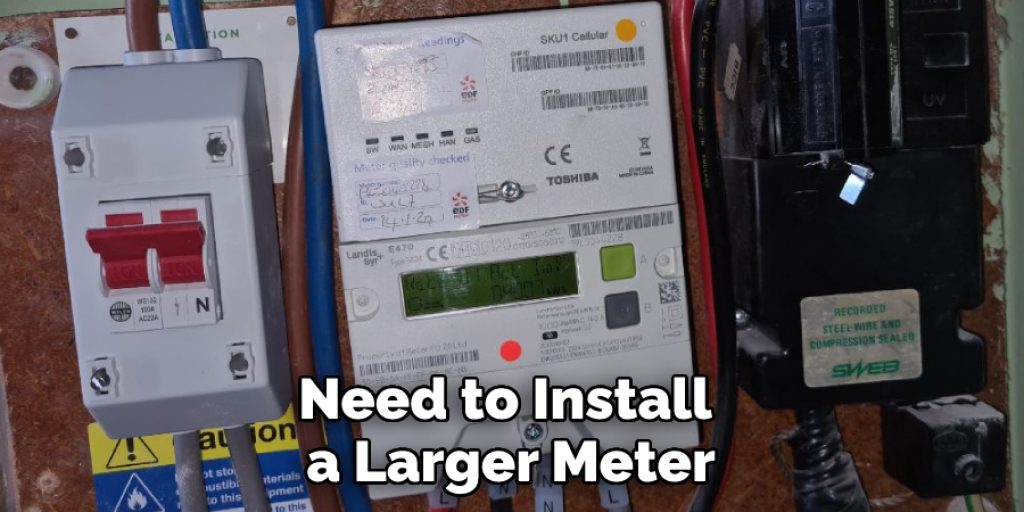
Conclusion
Although it may seem daunting, converting a propane heater to natural gas is not as difficult as one might think. With the help of a professional and some key tools, you can be finished with this project in no time.
Be sure to follow all instructions on how to convert a heater from propane to natural gas carefully and always consult a expert when in doubt – happy converting!

